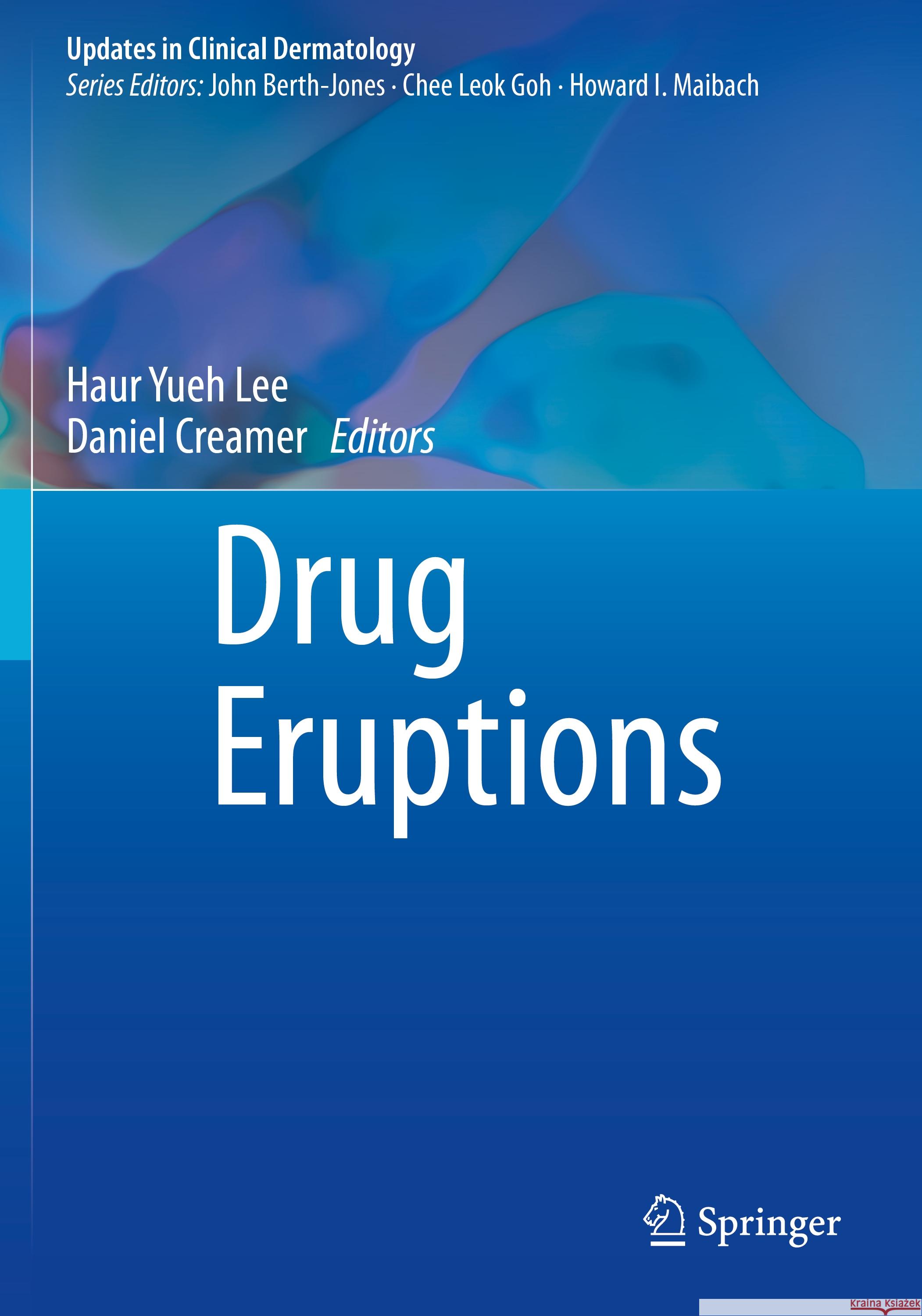Drug Eruptions » książka
topmenu
Drug Eruptions
ISBN-13: 9783031093906 / Angielski / Miękka / 2023
Drug Eruptions
ISBN-13: 9783031093906 / Angielski / Miękka / 2023
cena 604,50 zł
(netto: 575,71 VAT: 5%)
Najniższa cena z 30 dni: 597,58 zł
(netto: 575,71 VAT: 5%)
Najniższa cena z 30 dni: 597,58 zł
Termin realizacji zamówienia:
ok. 20 dni roboczych.
ok. 20 dni roboczych.
Darmowa dostawa!
Cutaneous adverse drug reactions are common and range from the benign to those which are life-threatening. The clinical presentation of these dermatoses is varied and many may mimic common skin conditions. Consequently, diagnosis in drug-induced skin disease is challenging and the treatment considerations are complex.
This book aims to bridge the divide between dermatology and allergy by providing a comprehensive review on the pathomechanisms and clinical features of cutaneous adverse drug reactions. Broken up into three distinct sections: General Considerations, Reaction Patterns, and Special Drug Categories, these chapters cover the common and rare adverse skin reactions and provide information on recent advances - particularly immunopathology and pharmacogenetics - as well as highlighting new adverse drug signals and novel therapies.
Drug Eruptions is a must-have resource for dermatologists, allergists, internal physicians and general practitioners.











